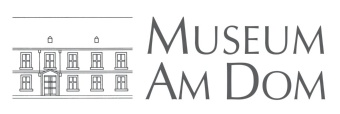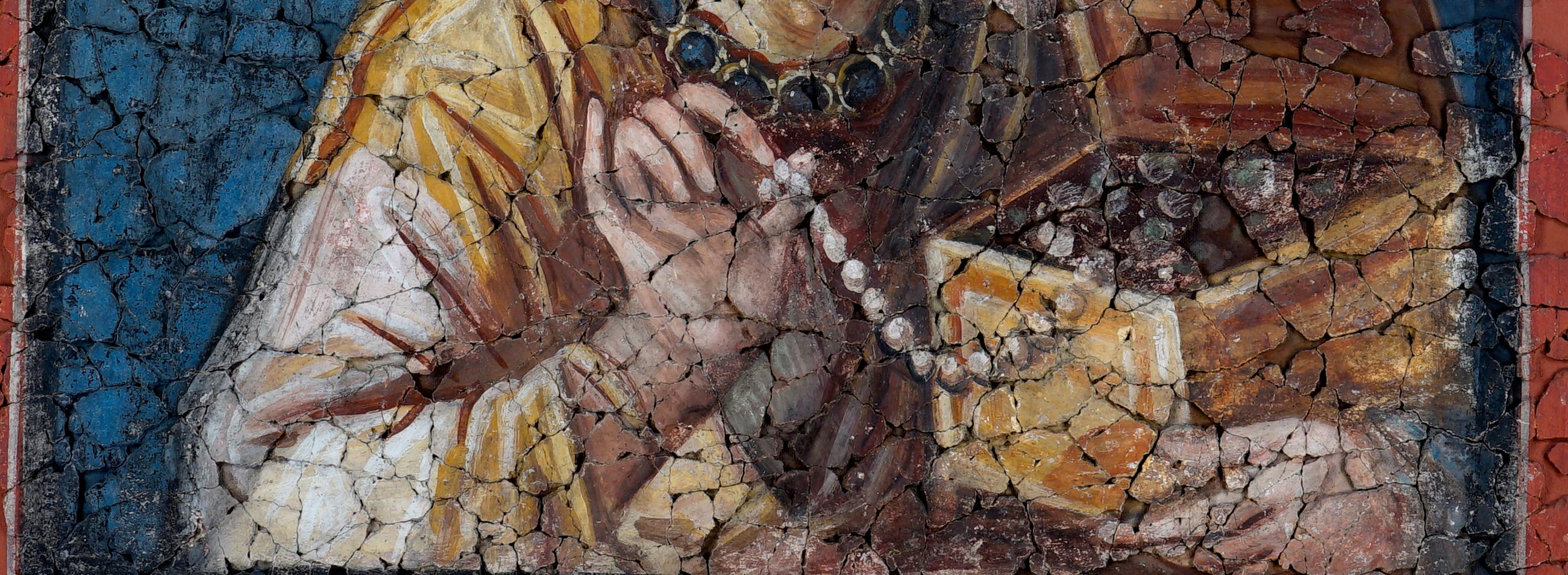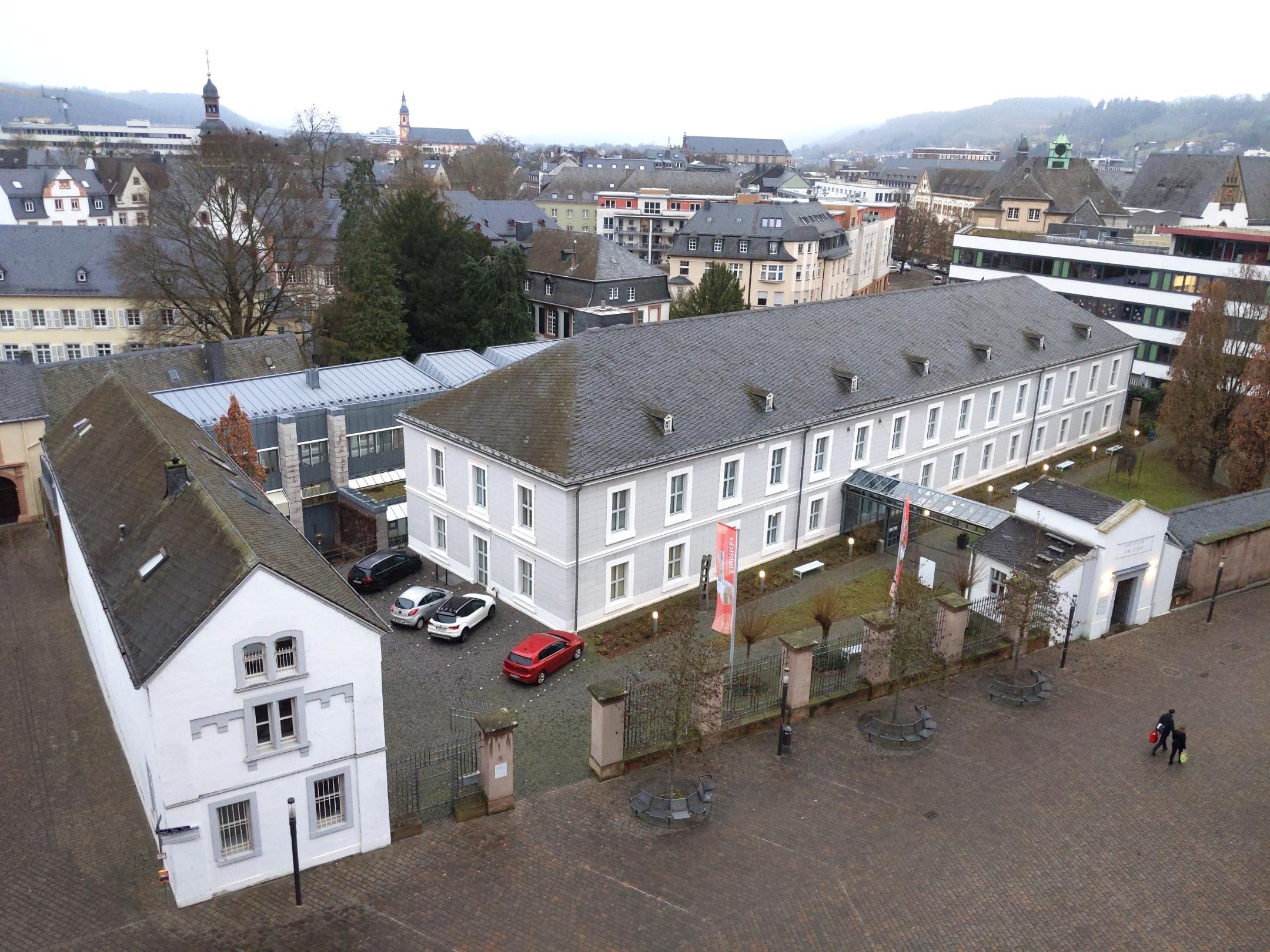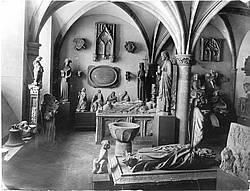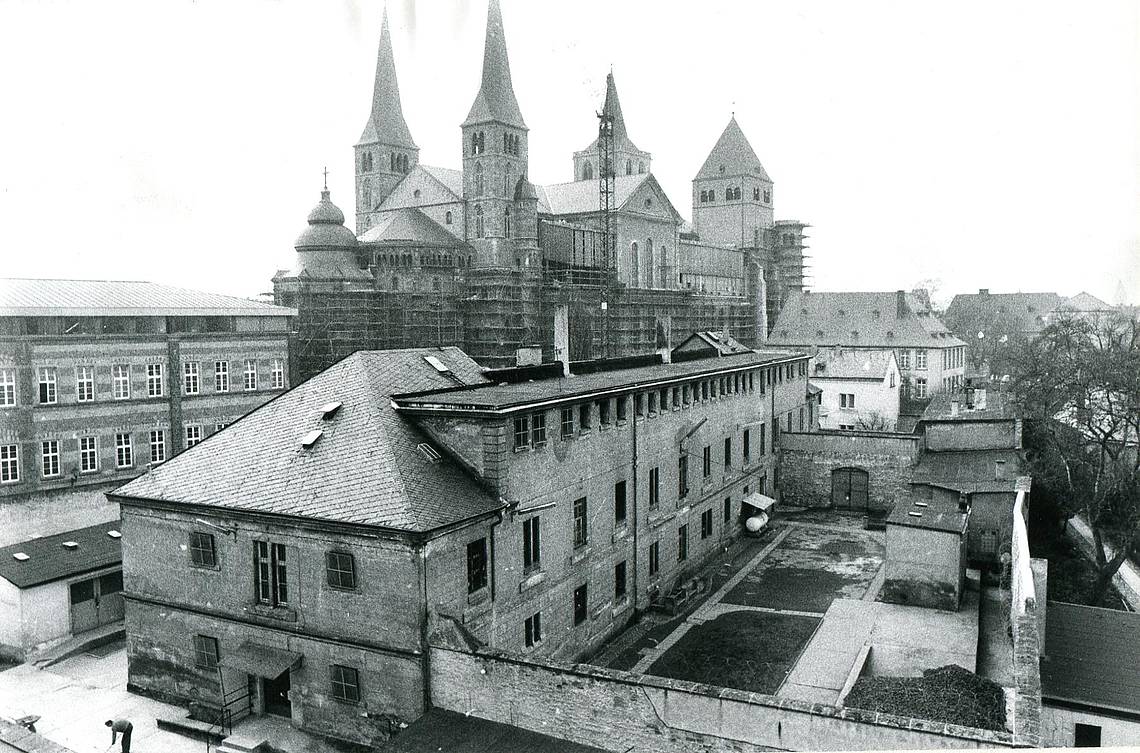The Cathedral Museum is an institution of the Diocese of Trier. It collects, preserves, researches, and communicates to the public evidence of the history of art, culture, and piety of the Diocese of Trier and the former Archdiocese of Trier. Furthermore, it fosters dialogue with contemporary art. Since 2015, the museum has also been responsible for the scientific care of the cathedral treasury of the High Cathedral of Trier.
By juxtaposing ancient and contemporary art works, the museum invites the viewer to engage in dialogue and stimulate reflection. It is a place of encounter with contemporary art and its view of the realities of the world and humanity.
The museum has also been entrusted with archaeological research on the late antique predecessor buildings of the oldest German episcopal church, Trier Cathedral. This has resulted in a unique collection of archaeological finds that illustrate the origins of Christianity in Trier. The museum also looks after the corresponding archaeological excavation sites related to early Christianity in Trier.
Thus, the museum documents the continuity of the Trier church from the 4th century to the present day in a distinctive setting.
